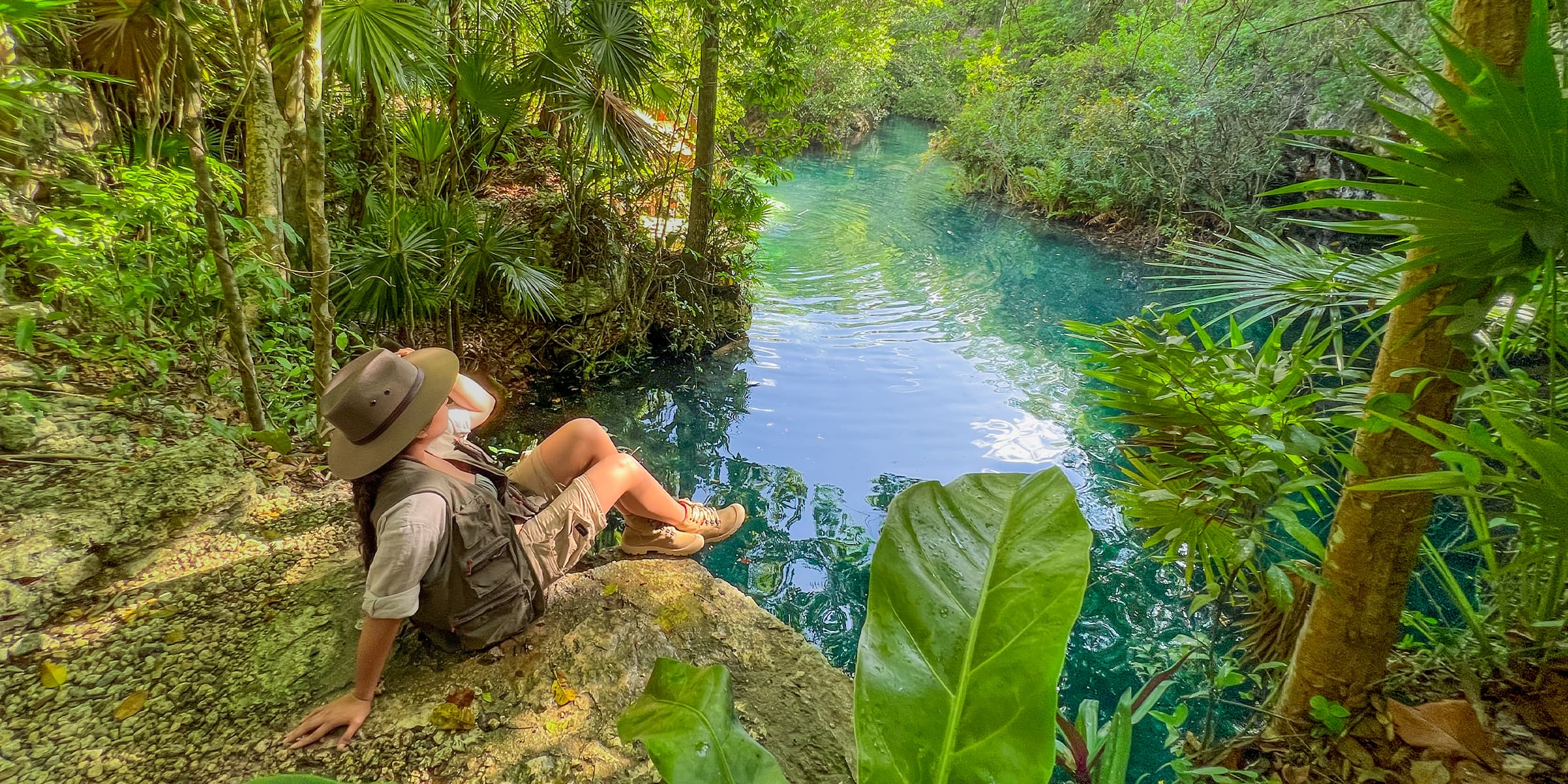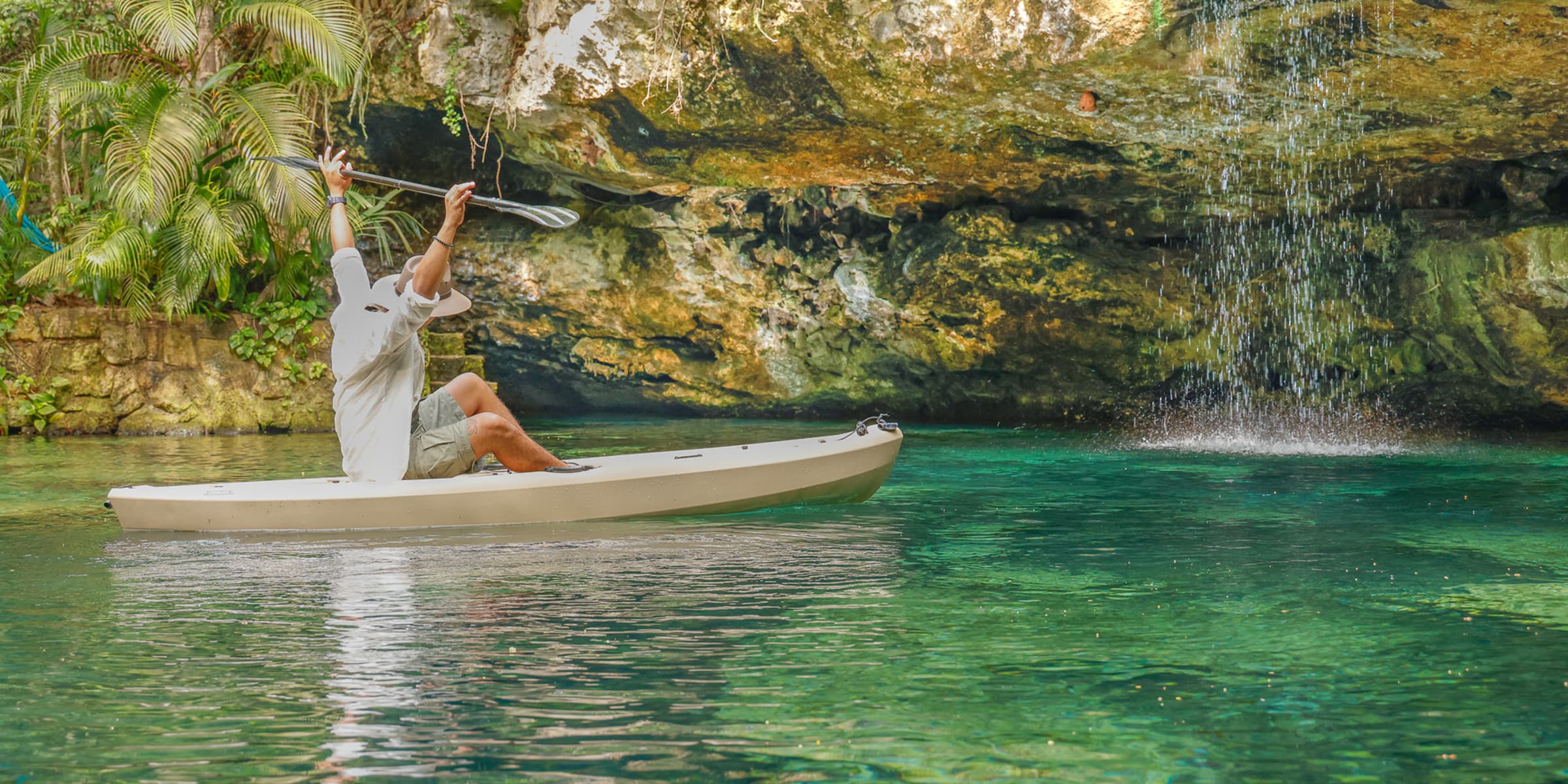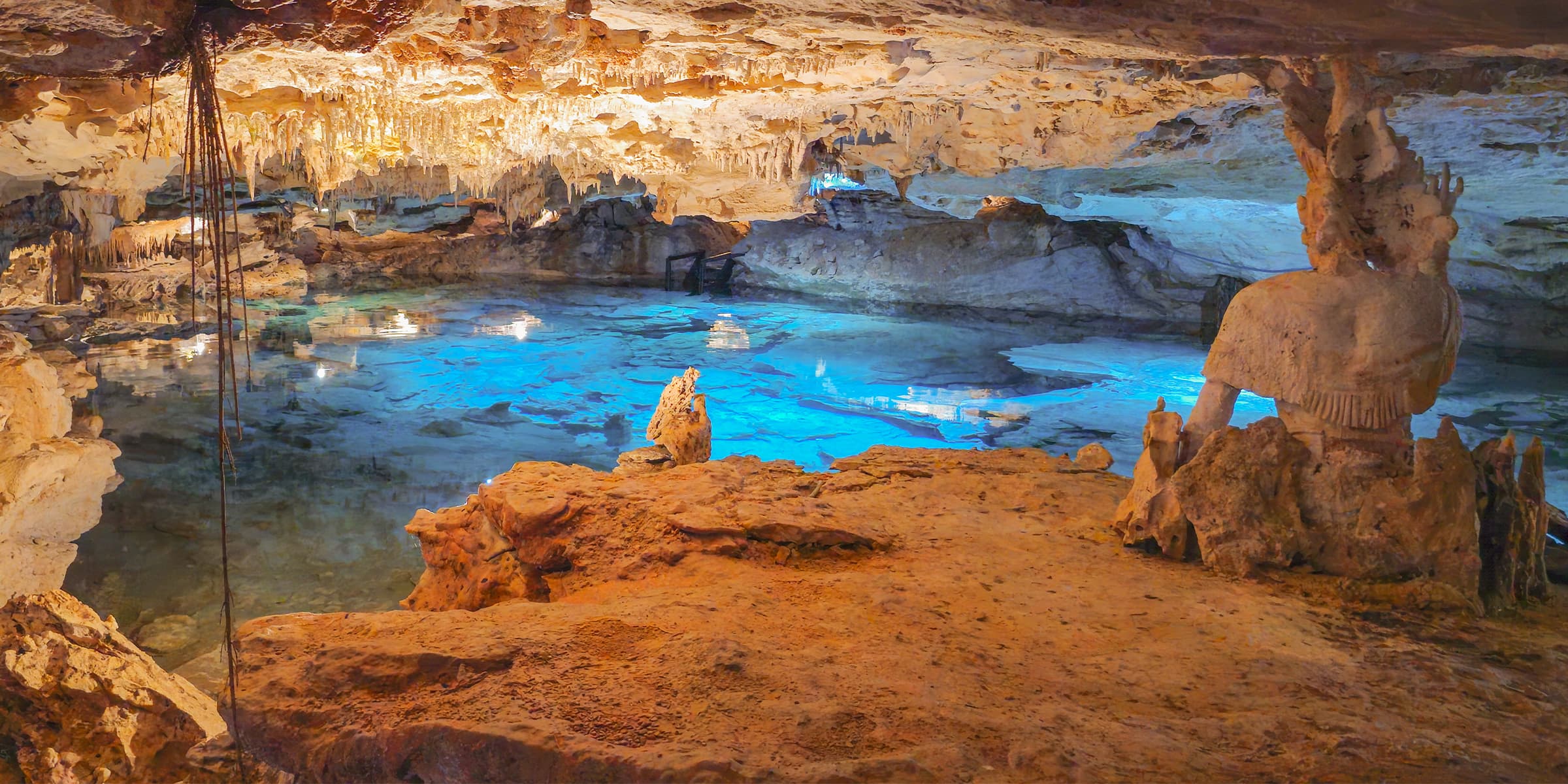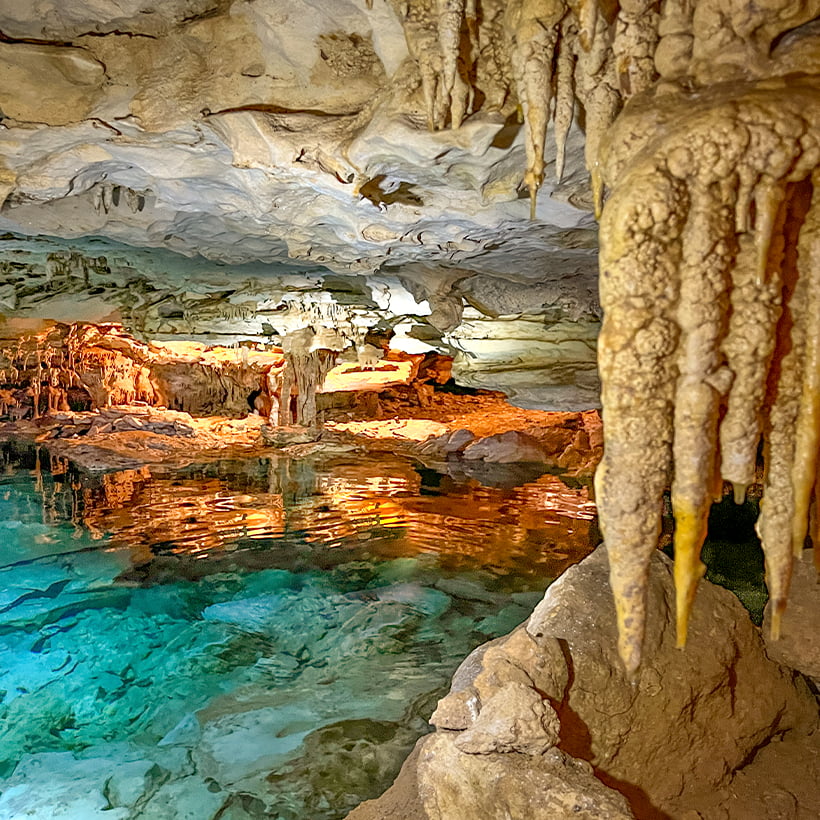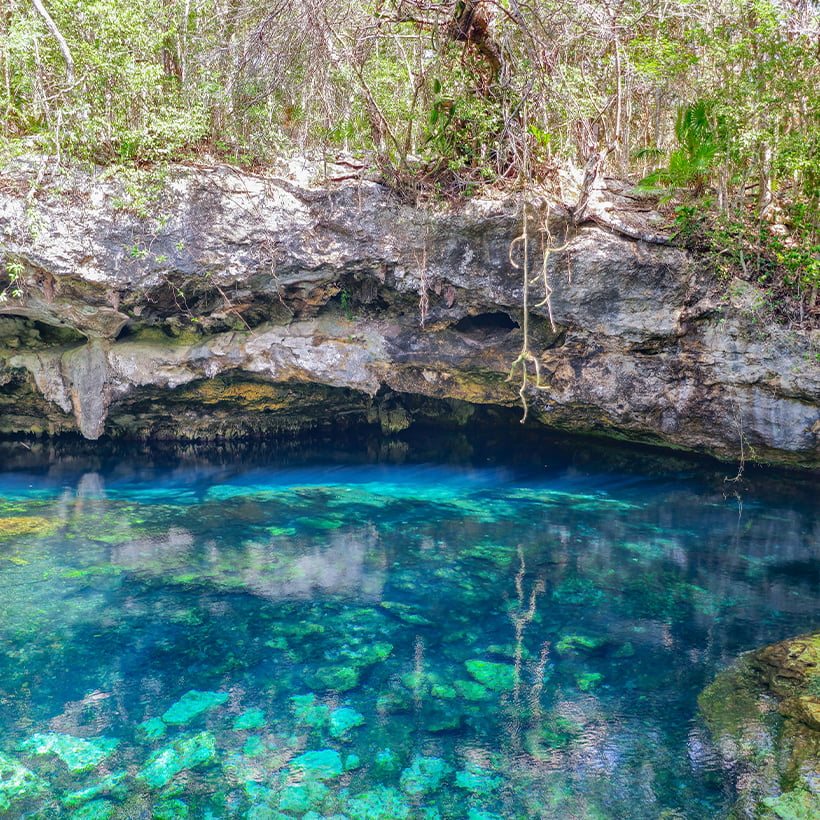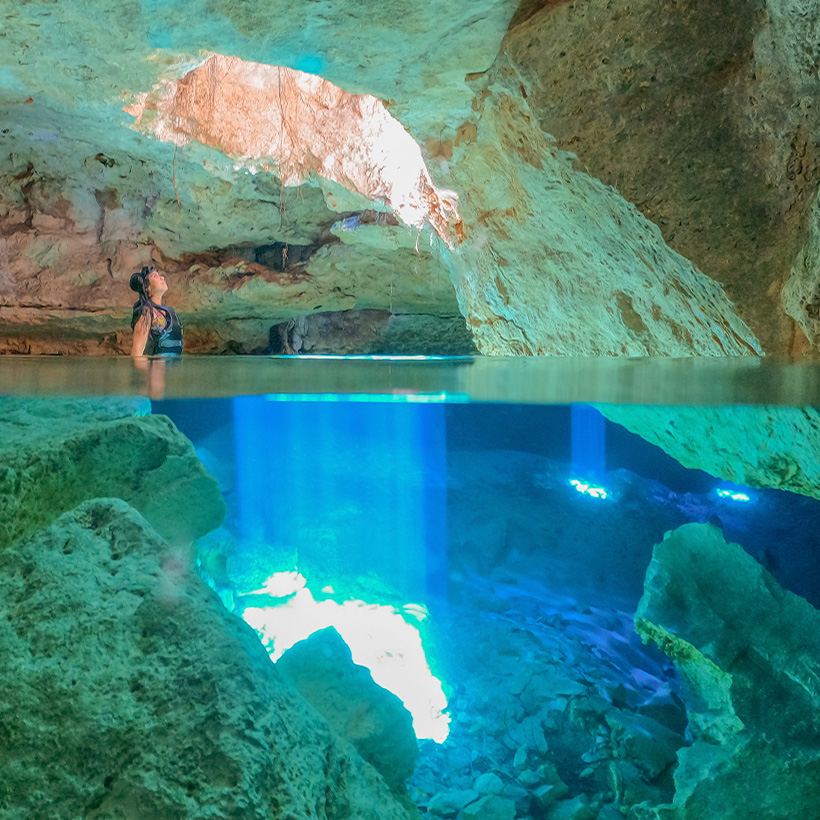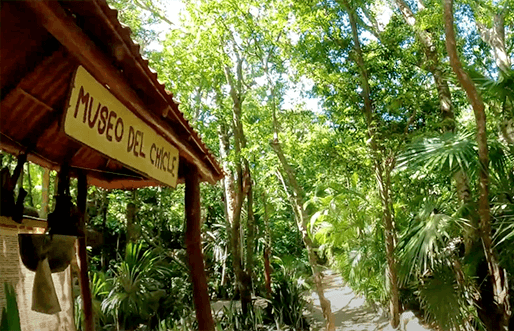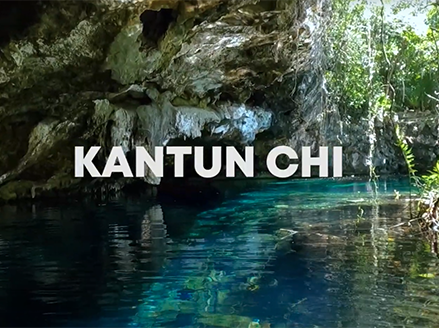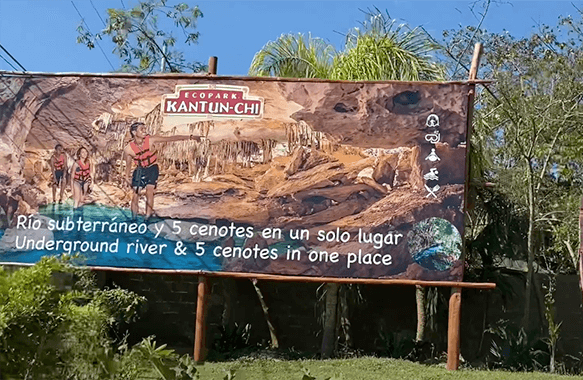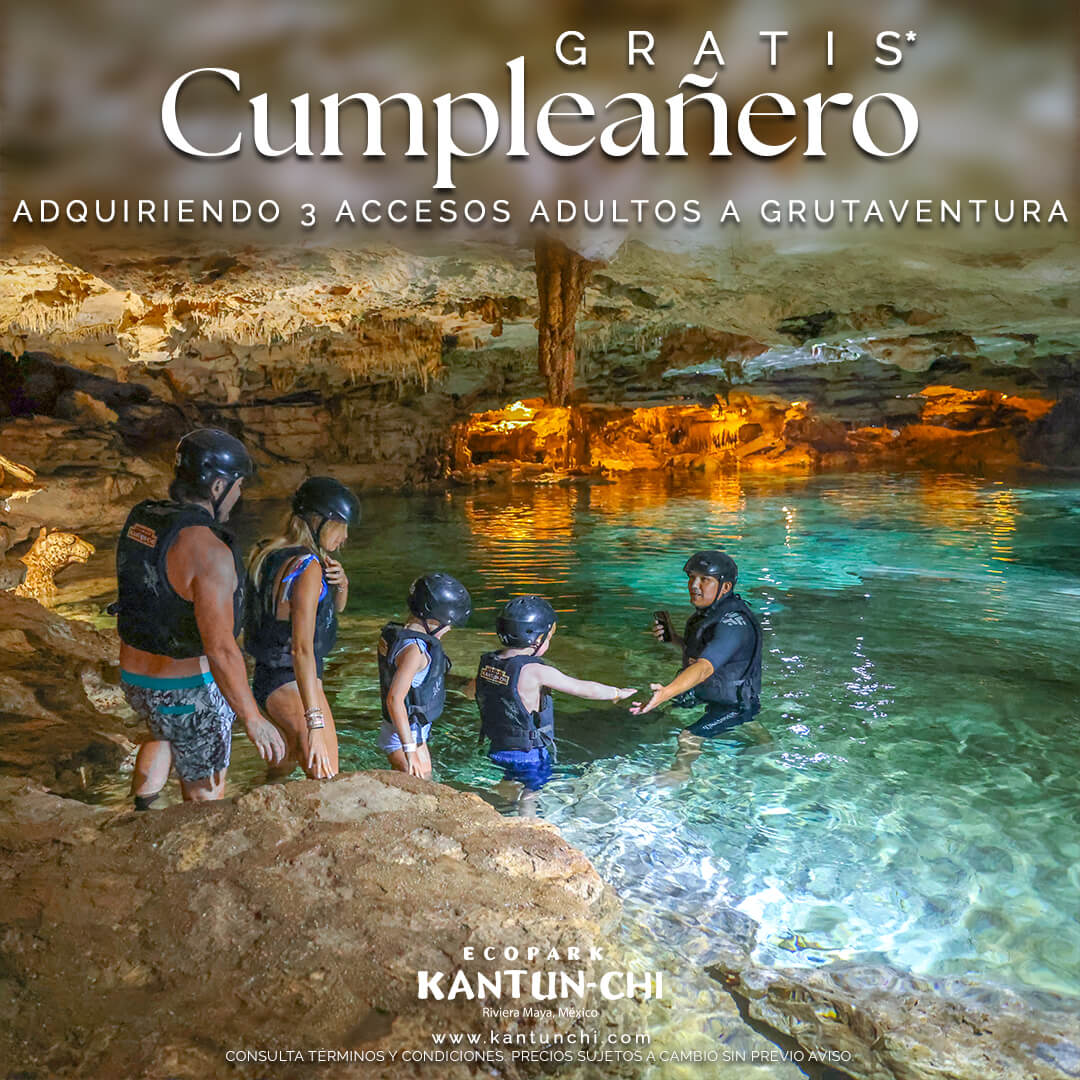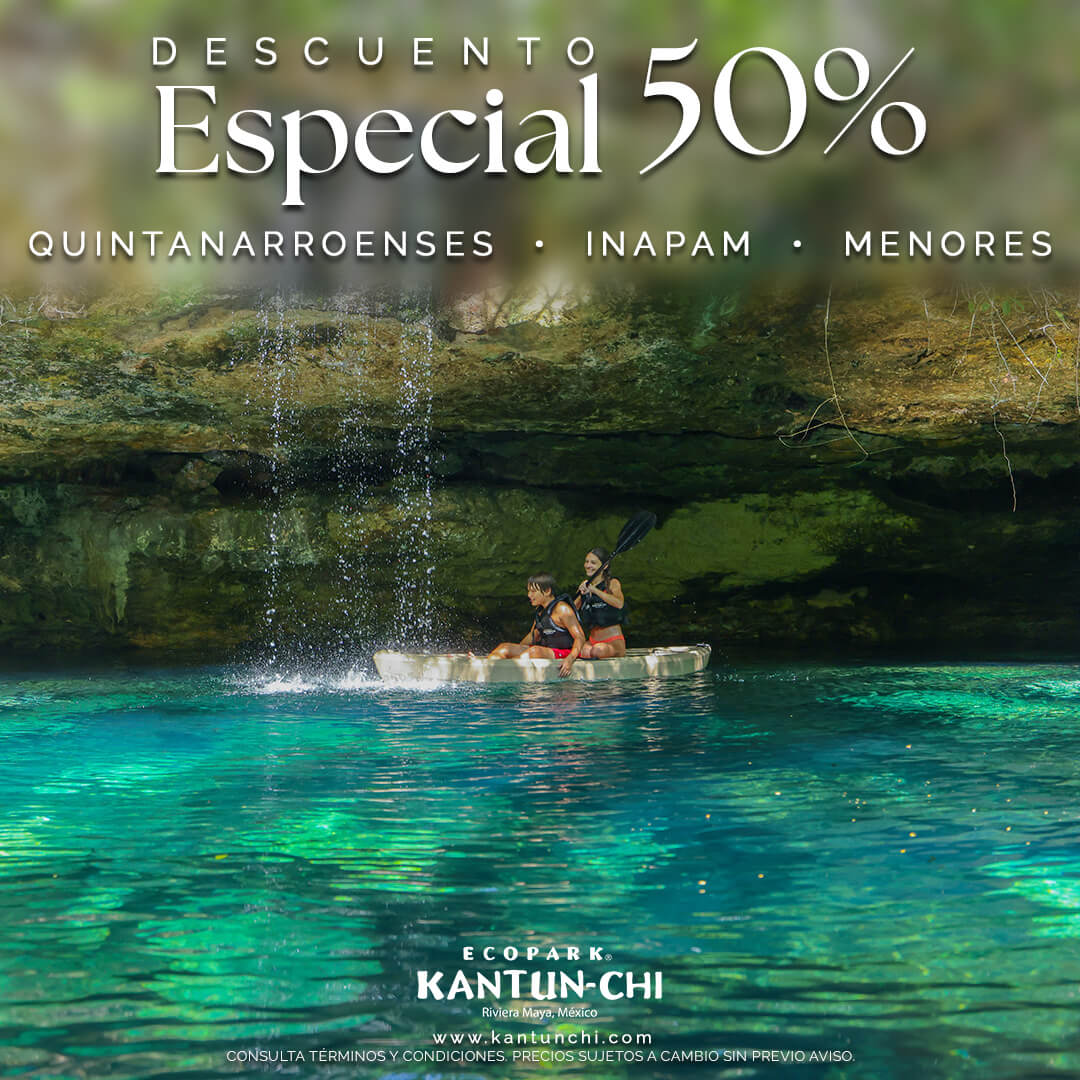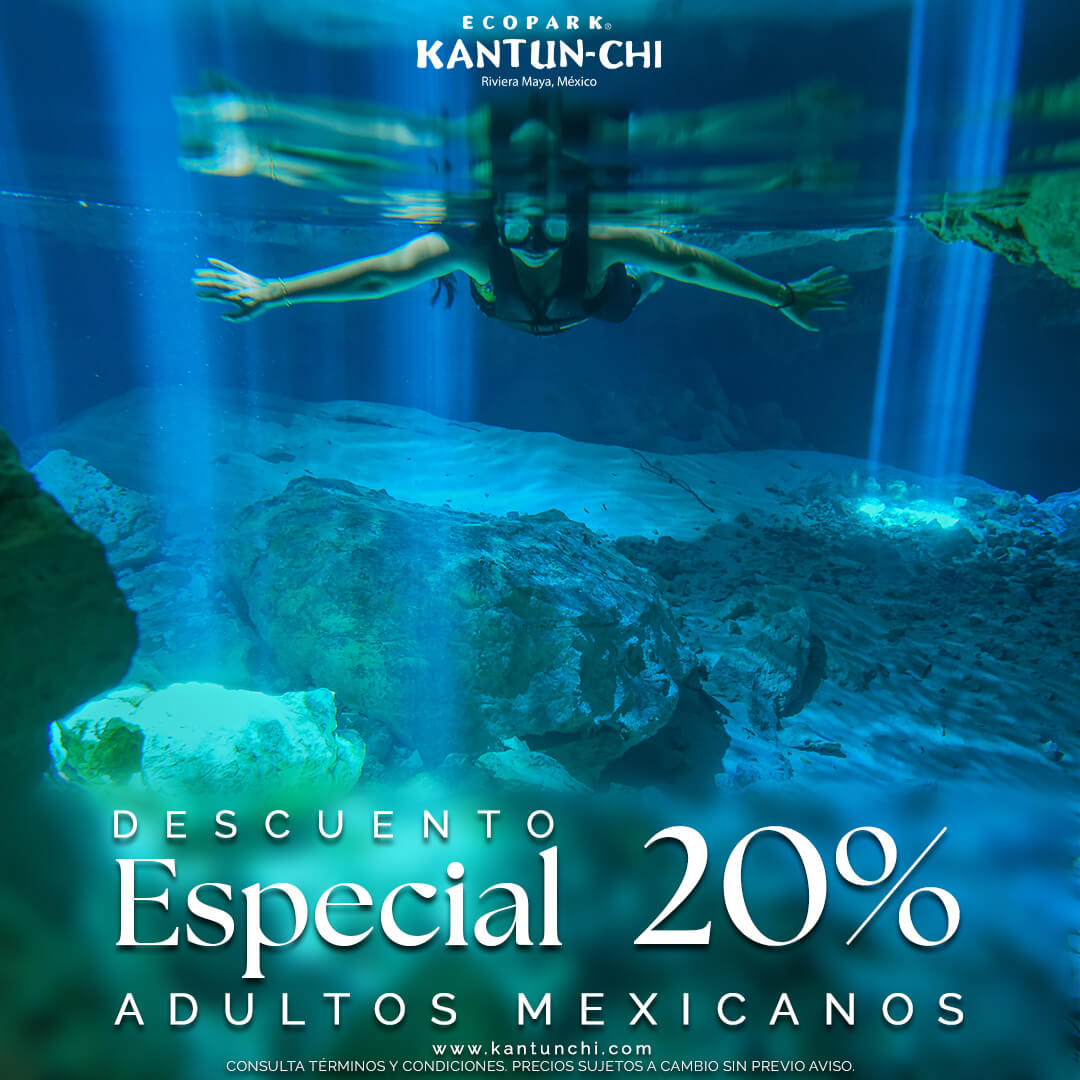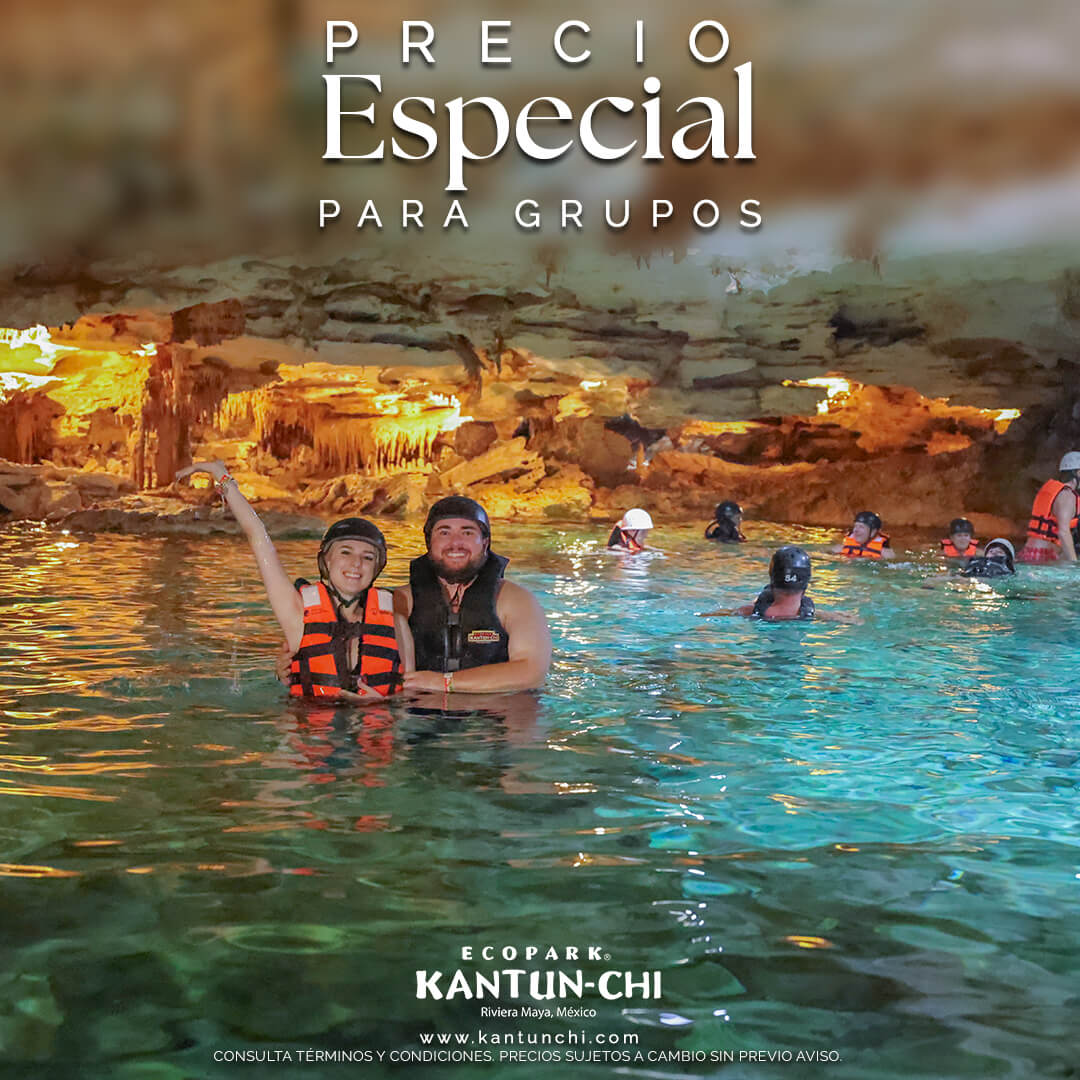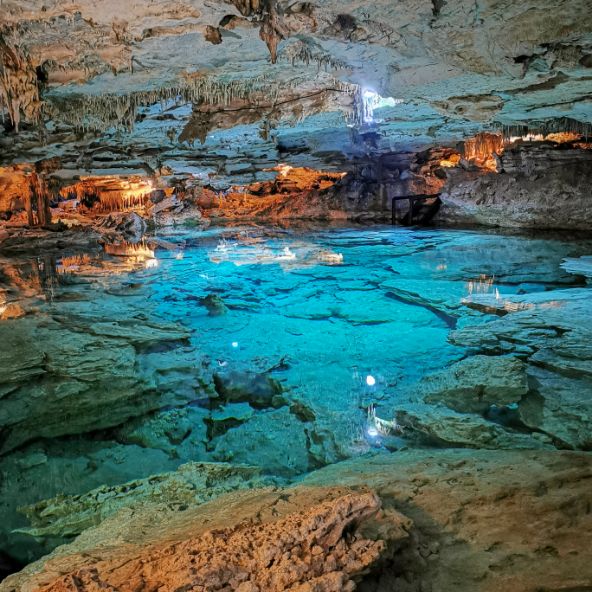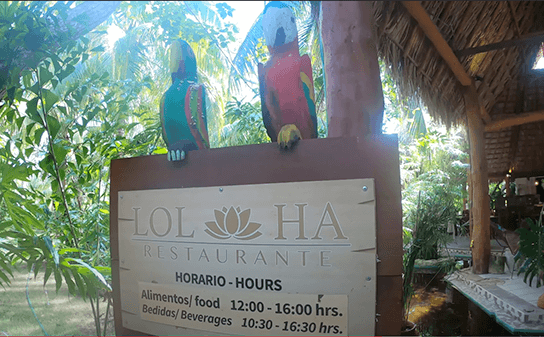

About us?
Ecopark Kantun Chi, in the Mayan language: yellow stone mouth, is an ecological park with 5 incredible cenotes and an underground grotto. Located in the heart of the Riviera Maya, it has everything you need to live a unique adventure in the jungle.
Enjoy a unique experience that will envelop all your senses, explore the Mayan jungle, marvel at its majestic crystal-clear waters; harmonize with the tranquillity, mystery, and beauty of this magical place.
We offer you three different tours, where you can discover our Mayan roots, the local flora and fauna. Venture to visit our underground cave and the 5 different cenotes, an experience to live with family or friends.
Are you ready for the adventure?
PRESS & AGENCIES
Current Promotions
Live an Adventure in the Mayan Jungle. We have the following promotions for you:
- 50% discount for local visitors who reside in Quintana Roo, presenting a valid official identification that confirms residence in Q. Roo; Senior visitors, presenting current INAPAM; and minor visitors, presenting CURP or school ID.
- 20% discount for Mexican National visitors, presenting valid official identification that confirms Mexican Residency.
- Free Birthday Boy* by acquiring 3 accesses to any experience, the birthday boy enters for free.
- Months without Interest.
*More information: reservaciones@kantunchi
*Check terms and conditions of promotions. Cumulative promotions do not apply.

